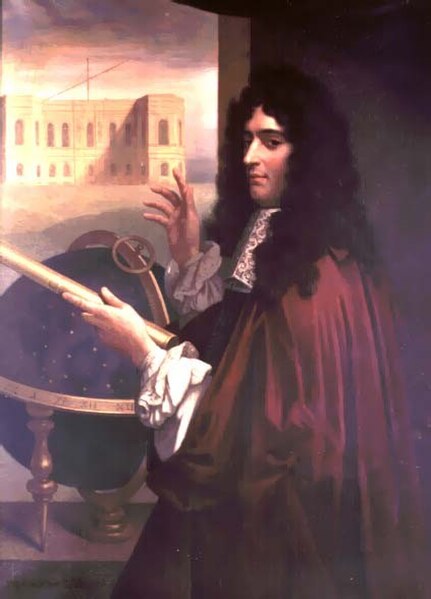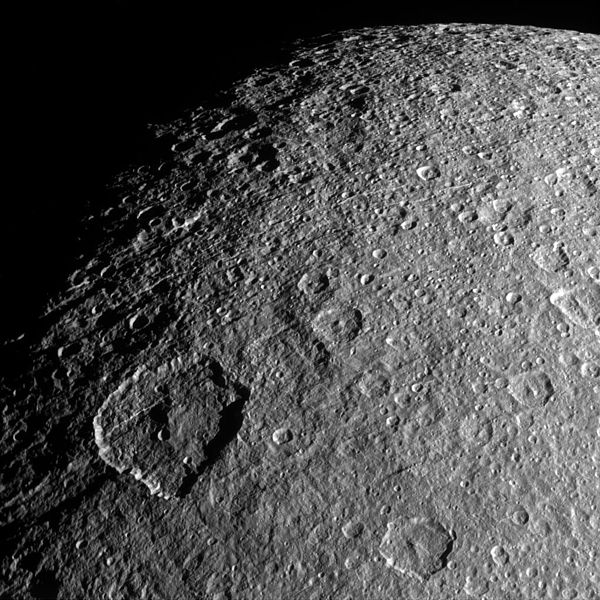Saturn has made appearances in fiction since the 1752 novel Micromégas by Voltaire. In the earliest depictions, it was portrayed as having a solid surface rather than its actual gaseous composition. In many of these works, the planet is inhabited by aliens that are usually portrayed as being more advanced than humans. In modern science fiction, the Saturnian atmosphere sometimes hosts floating settlements. The planet is occasionally visited by humans and its rings are sometimes mined for resources.
Characters on the surface of Saturn in A Journey in Other Worlds, with the rings visible in the sky
March 1951 cover of Avon Fantasy Reader, featuring Stanley G. Weinbaum's "Flight on Titan" (here under the variant title "A Man, A Maid, and Saturn's Temptation") and its telepathic Titanian threadworm
Rhea is the second-largest moon of Saturn and the ninth-largest moon in the Solar System, with a surface area that is comparable to the area of Australia. It is the smallest body in the Solar System for which precise measurements have confirmed a shape consistent with hydrostatic equilibrium. It was discovered in 1672 by Giovanni Domenico Cassini.
Rhea, as imaged by the Cassini orbiter, November 2009
Giovanni Domenico Cassini, discoverer of Rhea in 1672
Size comparison of Earth (right), the Moon (left top), and Rhea (left down)
Surface features on Rhea well defined due to the lighting.






